Vivo Z1 Pro Review: Can it compete with Redmi Note 7 Pro?
Vivo Z1 Pro Review and Rating: Here's how the new Vivo Z1 Pro performed during our review. It starts at Rs 14,990 and comes with a hole punch display, triple cameras and is powered by the Qualcomm Snapdragon 712 processor.
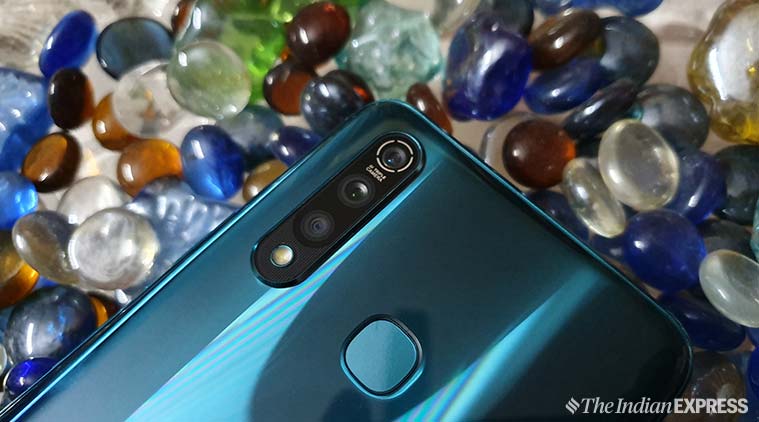 Vivo Z1 Pro Mobile Review: The Vivo Z1 Pro offers a lot of new features, including the newer hole-punch display design and a triple camera and more.
Vivo Z1 Pro Mobile Review: The Vivo Z1 Pro offers a lot of new features, including the newer hole-punch display design and a triple camera and more.
Vivo Z1 Pro Review: The mid-budget smartphone market is extremely crowded and competitive in India, which is no surprise given that this is the major volume driver. Manufacturers like Xiaomi, Realme, Samsung and Vivo have several options in the under the Rs 20,000 price range. Vivo, which managed to rise to the number three position in the Indian market in the first quarter of 2019, now has a new offering in the form of the Z1 Pro starting at Rs 14,990.
But unlike other Vivo phones which focus on the offline segment, the Z1 Pro will be sold exclusively online and is targeted at the college-going generation. The Vivo Z1 Pro offers a lot of new features, including the newer hole-punch display design and a triple camera, coupled with the Qualcomm Snapdragon 712 AI, which is geared towards enhancing the gaming performance. Here’s our review of the Vivo Z1 Pro
Vivo Z1 Pro specifications: 6.53-inch full HD+ IPS LCD display | Qualcomm Snapdragon 712 processor with AI Engine | 4GB/6GB RAM | 64GB/128GB internal storage | 5,000mAh battery | 32MP front camera | 16MP+8MP+2MP rear cameras | Funtouch OS 9 based on Android 9.0 Pie
Vivo Z1 Pro Price in India: Rs 14,990 for 4GB RAM/64GB storage, Rs 16,990 for 6GB RAM/64GB storage and Rs 17,990 for 6GB RAM/128GB storage.
Vivo Z1 Pro review: What’s good?
The design on the Vivo Z1 Pro looks modern and the gradient paint job adds a stylish look, though this effect is fast becoming the industry norm similar. The Z1 Pro does is a bit thick, though it might remind one of the Samsung Galaxy M40, which also comes with a triple rear camera setup and a hole punch display.
The Vivo Z1 Pro’s display is a positive feature of the device, and the punch-hole display certainly gives it a unique design. The display is quite bright and vivid; it can be used outdoors easily and all the content is legible. The fingerprint sensor is quite accurate and captures the biometric data very fast. Facial recognition also worked pretty well.
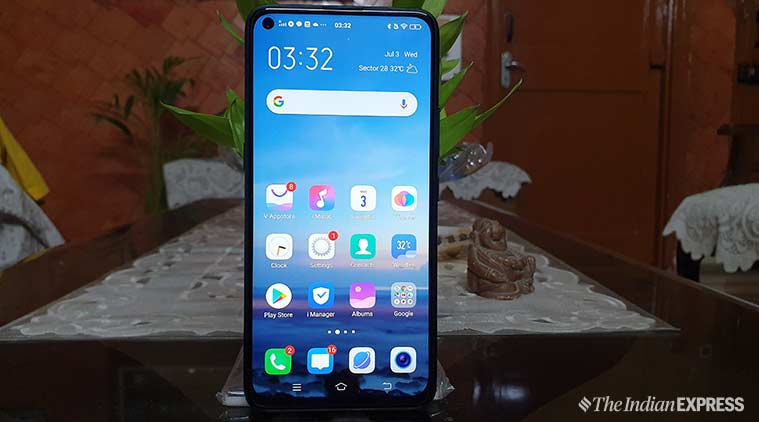 The Vivo Z1 Pro’s display is a positive feature of the device, and the punch-hole display certainly gives it a unique design.
The Vivo Z1 Pro’s display is a positive feature of the device, and the punch-hole display certainly gives it a unique design.
Day-to-day performance is not an issue on this smartphone. It can easily handle daily tasks like making calls, messaging, browsing social media, listening to songs, watching videos and more. There are no noticeable lags or stutters while switching between multiple tabs and apps at the same time.
Due to the Vivo Z1 Pro being a budget device, I did not expect much from it. However, this changed when I first played PUBG Mobile on the device. I was able to play all the games that I test on the device in high graphic settings without any issues I noticed during the gameplay was that the device does not heating up much during long gaming sessions.
The gaming mode, dubbed Game Cube allows players to boost the gaming performance by blocking background calls, blocking notifications and more. In this mode, users can select what the app device can and cannot do. However, in the Esports Mode, the device blocks everything and puts all the resources towards playing the game.
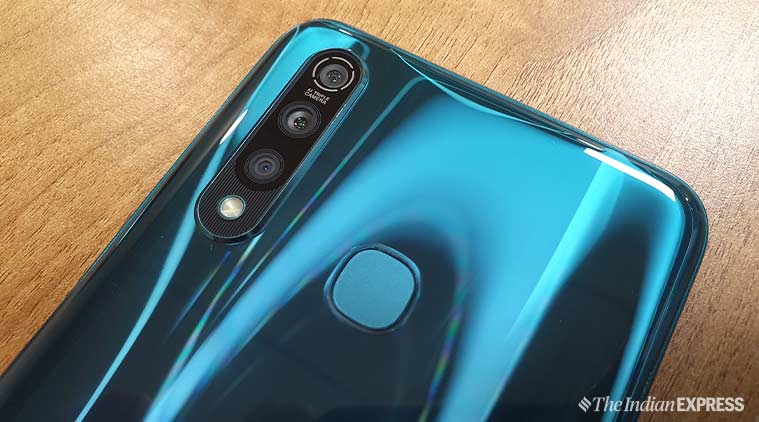 The fingerprint sensor is quite accurate and captures the biometric data very fast. Facial recognition also worked pretty well.
The fingerprint sensor is quite accurate and captures the biometric data very fast. Facial recognition also worked pretty well.
During the review period, in the Esports mode, I streamed my PUBG Mobile gameplay to Twitch in high graphic settings. And this did not seem to bother the device at all as it ran smoothly without heating up. Another thing I liked about the device is its 4D vibrational motor, which provides good feedback while playing the game making you feel more immersed into it.
The Vivo Z1 Pro is able to click decent photos in good lighting conditions outside. The images I clicked when outside came out vivid and detailed. The images looked quite good and were worthy of being used on social media platforms without any editing or tweaks needed. The image results were also detailed, when taken indoors, which can be an issue on phones in this price segment.
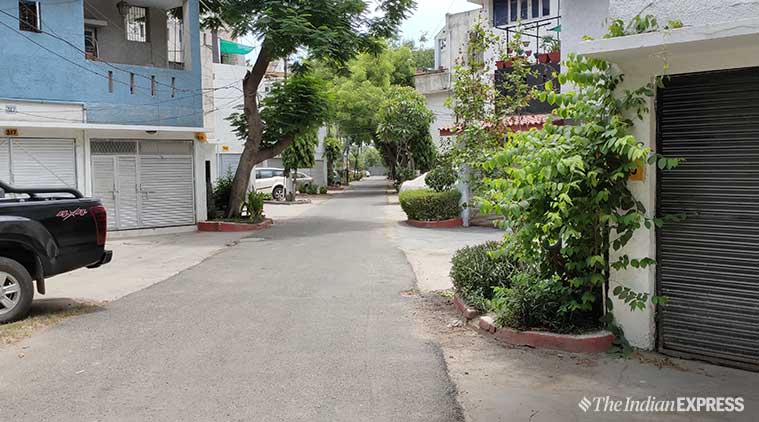 The Vivo Z1 Pro is able to click decent photos in good lighting conditions outside.
The Vivo Z1 Pro is able to click decent photos in good lighting conditions outside.
 The image results were also detailed, when taken indoors.
The image results were also detailed, when taken indoors.
 The images looked quite good and were worthy of being used on social media platforms without any editing or tweaks needed.
The images looked quite good and were worthy of being used on social media platforms without any editing or tweaks needed.
 The images I clicked when outside came out vivid and detailed.
The images I clicked when outside came out vivid and detailed.
 The low-light performance was a miss as the camera ends up losing details in photos and smoothing the edges, which makes them look artificial.
The low-light performance was a miss as the camera ends up losing details in photos and smoothing the edges, which makes them look artificial.
I am not the biggest fans of Vivo’s software approach, but the dedication with which the company is providing device updates is commendable. During my usage, the Z1 Pro got three software updates with multiple improvements to the system UI, cameras and more.
Vivo Z1 Pro comes with a 5,000mAh battery, so it is no surprise that the device was able to last for a long time. During our testing process, Z1 Pro lasted approximately a day and a half on heavy usage, which included playing games like PUBG and performing multi-tasking processes.
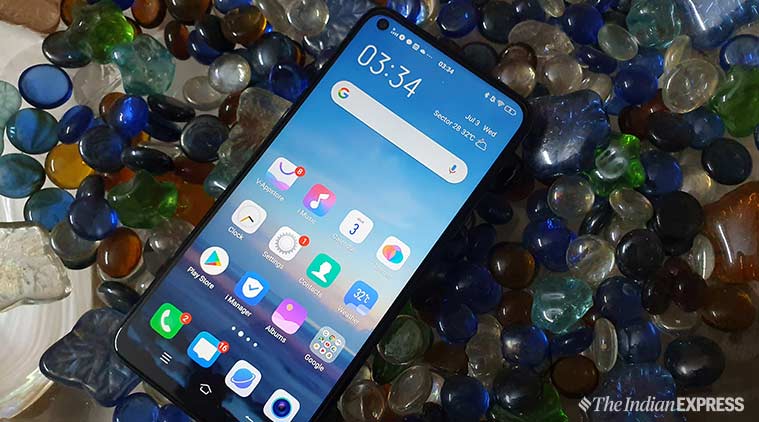 I am not the biggest fans of Vivo’s software approach, but the dedication with which the company is providing device updates is commendable.
I am not the biggest fans of Vivo’s software approach, but the dedication with which the company is providing device updates is commendable.
While using it moderately provided over two days of battery life. During the testing, I used it with an Airtel 4G SIM card. It was used to make and receive calls, send messages, play games like PUBG Mobile, browse the web and taking a few photos. The device can be fully charged from the 18W fast charger provided inside the box within 1.5 hours.
Vivo Z1 Pro review: What’s not so good?
I liked the quick facial recognition capabilities of this smartphone. However, I would not recommend that you rely on this as the device it would just unlock even if I had my eyes closed, which raises concerns about its reliability.
Vivo Z1 Pro runs the company’s own FunTouch user interface built on top of Google’s Android operating system. This is still quite unpolished and needs a lot of work. The graphics are animated, the skin feels heavy while using, it has a huge learning curve and my biggest issue would be the lack of an app drawer. The gestures, which are crucial on such full screen style displays, don’t work properly and I turned them off as quickly as I turned them on.
 Vivo Z1 Pro runs the company’s own FunTouch user interface built on top of Google’s Android operating system.
Vivo Z1 Pro runs the company’s own FunTouch user interface built on top of Google’s Android operating system.
The low-light performance was a miss as the camera ends up losing details in photos and smoothing the edges, which makes them look artificial. I did not like the device’s front camera performance as the images were overexposed, lacked details. The images looked zoomed in. Even when I had my hand fully extended, the device was only able to capture my face.
 Even when I had my hand fully extended, the device was only able to capture my face.
Even when I had my hand fully extended, the device was only able to capture my face.
Fair warning, stay away from the device’s AI Beautification mode, unless you are trying out for the Snow White’s role in your next school play.
Vivo is sticking with the micro-USB port for charging and data transfer on this device. This is a let down as all manufacturers are moving towards providing users with USB Type-C ports on the devices, which have higher data transfer and charging speeds.
Vivo Z1 Pro Review: Verdict
Overall, the Vivo Z1 Pro is a decent performer at the price. If gaming is your main focus and you want a phone that looks good you do not need to look any further than this. However, if you are looking for a device to click images I would recommend that you take a look at other options like the Redmi Note 7 Pro or the Realme 3 Pro.







